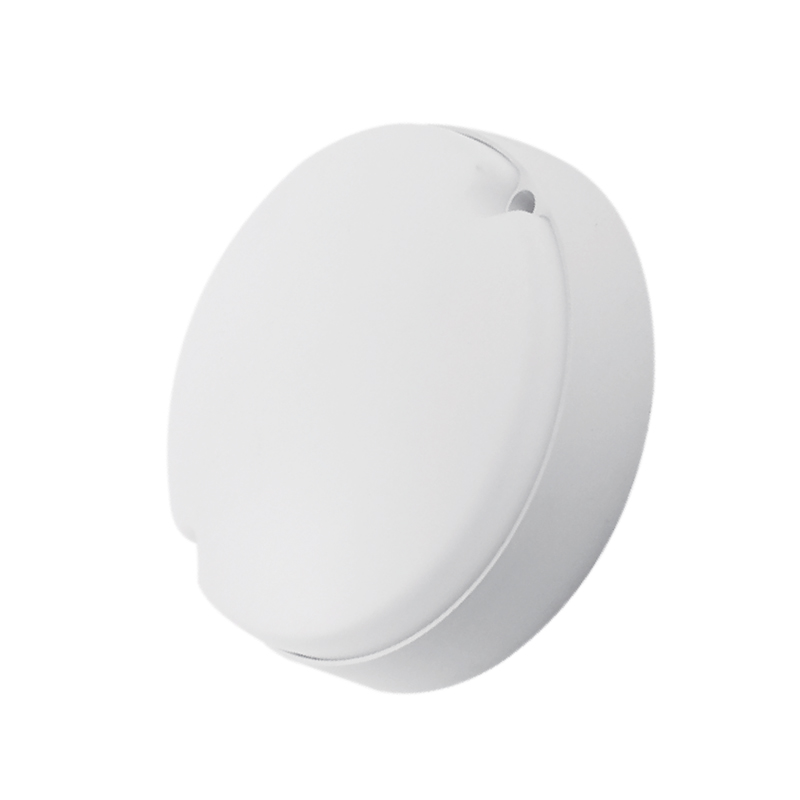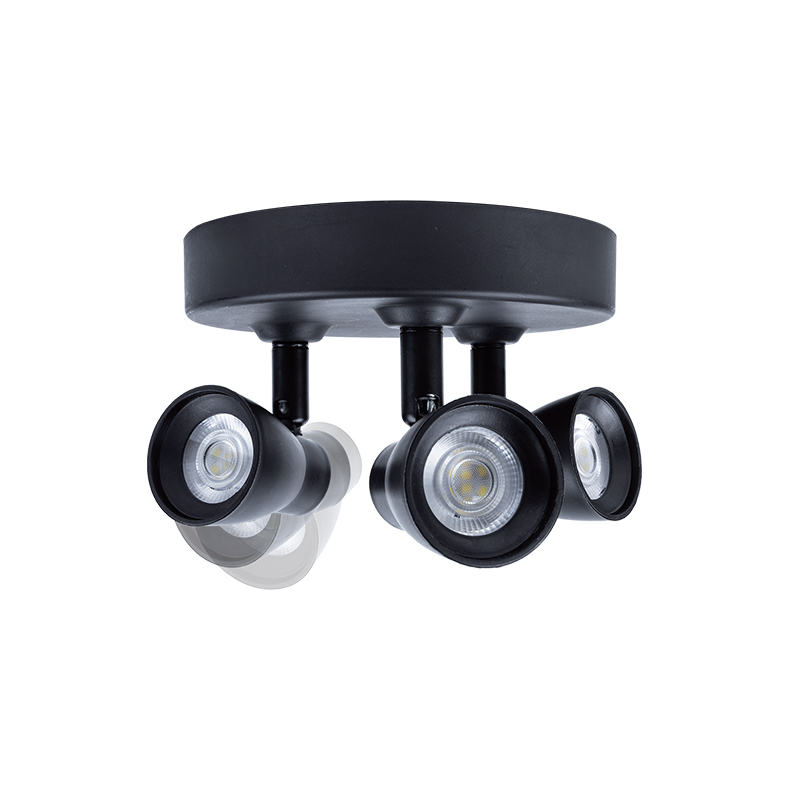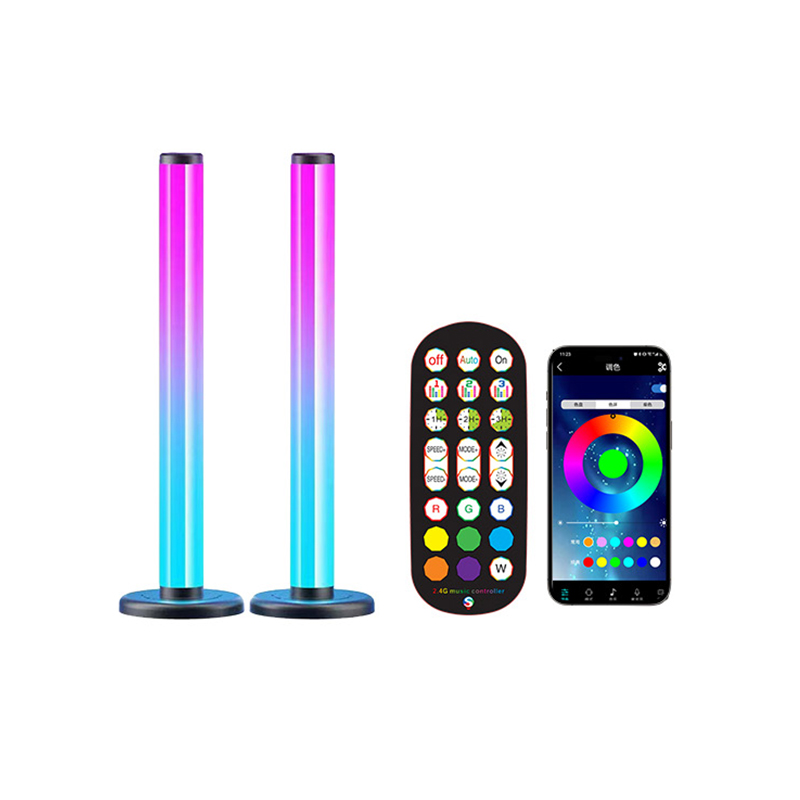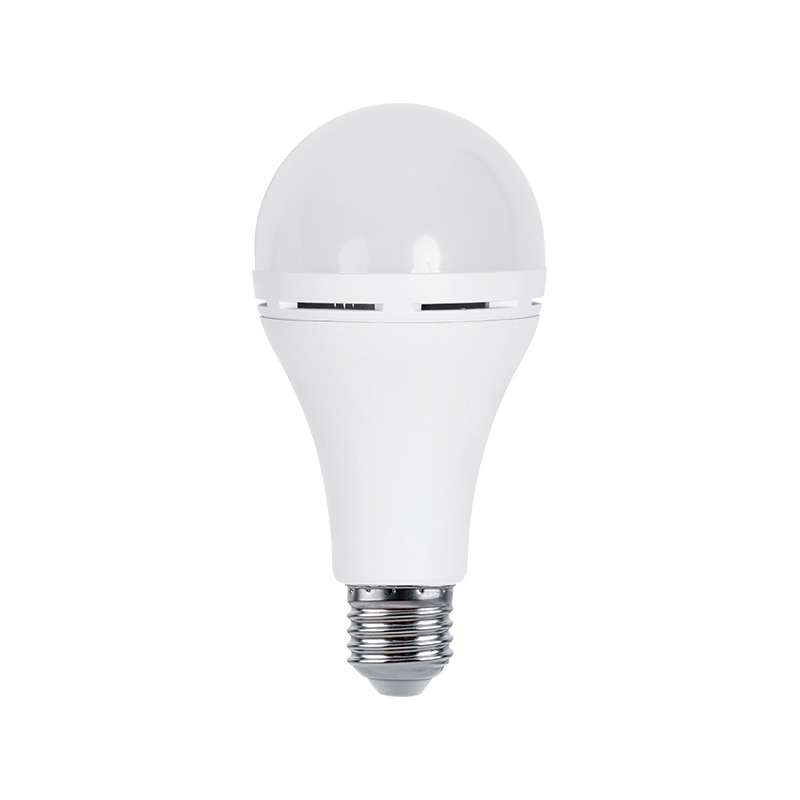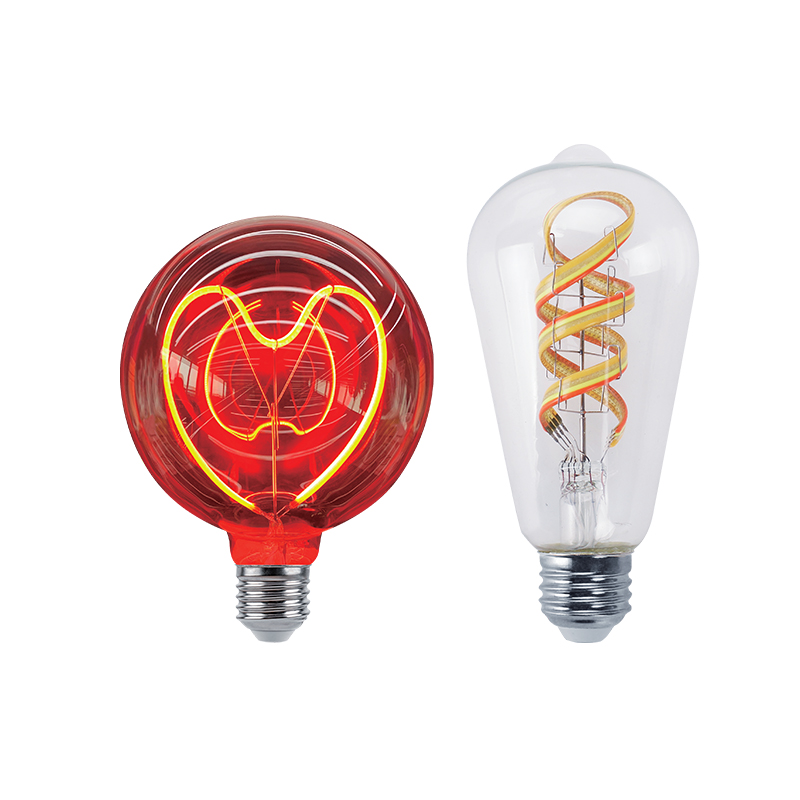We sincerely look forward to establishing a long-term development partnership with you with good quality and professional services.
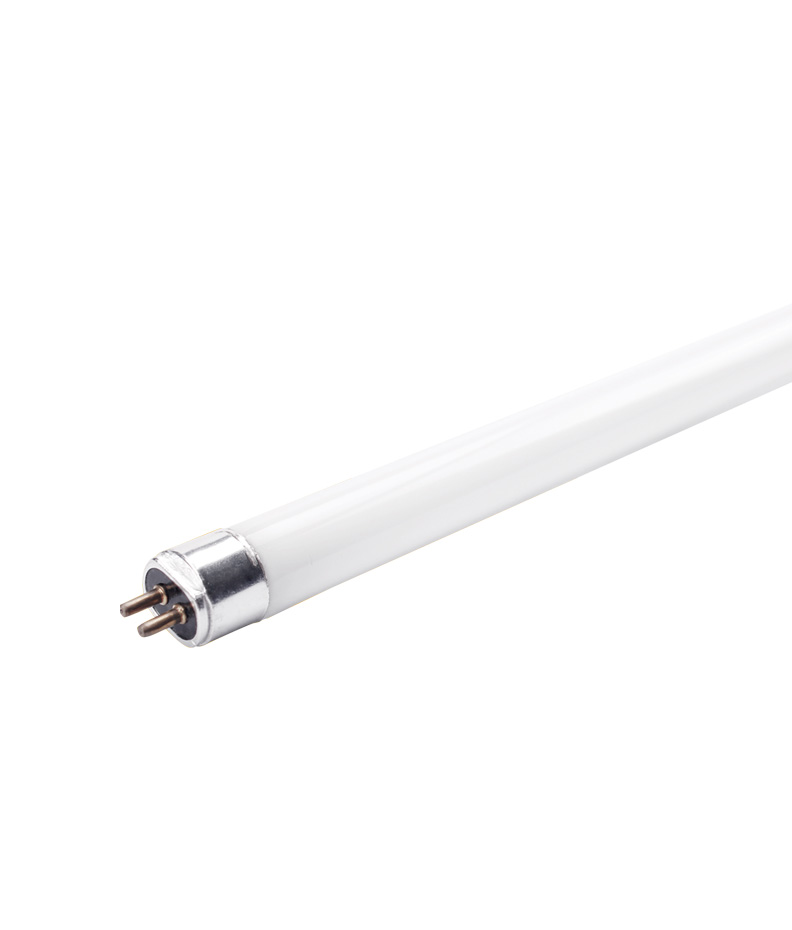
Weld the two lead wires of the dead lamp with this kind of virtual welding on a metal strip, soak it with concentrated sulfuric acid to dissolve the external colloid of the LED. After all the colloid is dissolved, take it out. Observe the welding condition of each solder joint under a magnifying glass or a microscope. You can find out whether the problem is the first or second welding, whether the parameter setting of the gold wire ball welding machine is incorrect, or other reasons, so as to improve the method and process to prevent the phenomenon of false welding from happening again.
Users who use LED products will also encounter the phenomenon of dead lights. This is the phenomenon of dead lights after LED products have been used for a period of time. There are two reasons for dead lights. Open dead lights are due to poor welding quality or the quality of bracket plating. If there is a problem, the increase of the leakage current of the LED chip will also cause the LED light to not light up. Nowadays, many LED products do not have anti-static protection in order to reduce the cost, so it is easy to damage the chip by induced static electricity. Lightning on rainy days is prone to high-voltage static electricity induced by the power supply line, as well as spikes superimposed on the power supply line, which will cause different degrees of damage to the LED products.

 English
English Español
Español Deutsch
Deutsch

